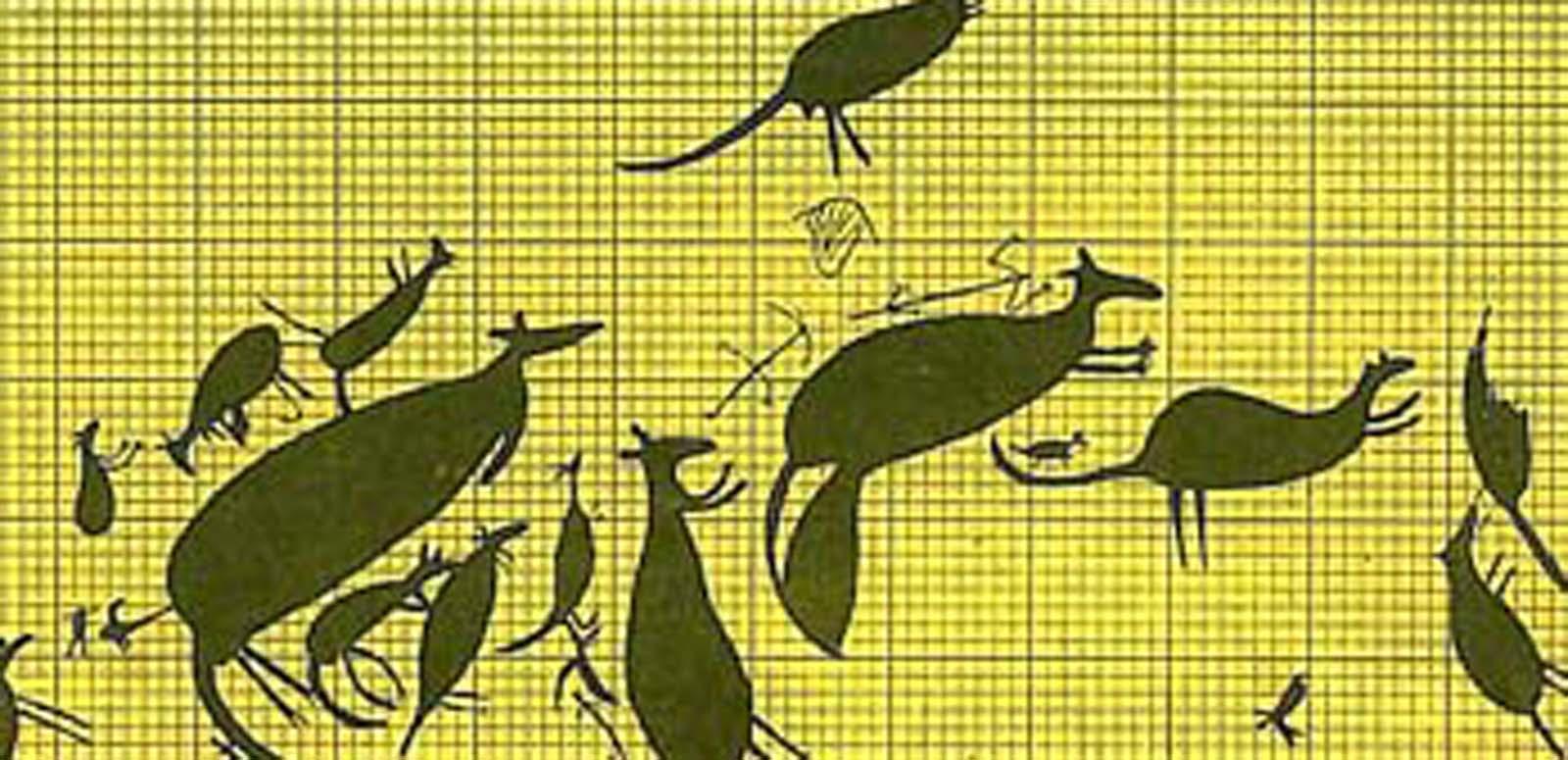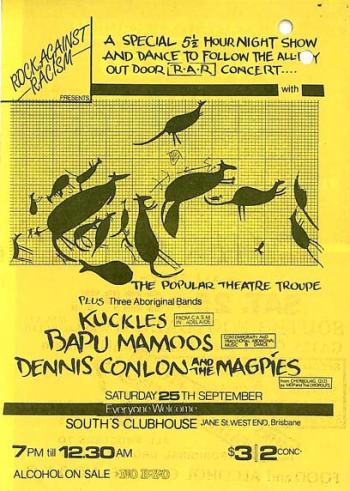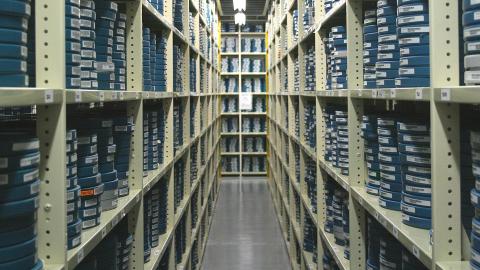

Performance review
Dr Jennifer Gall, Manager Research Programs, introduces Anna Haebich and her work profiling the NFSA’s holdings relating to Aboriginal performing arts in Western Australia.

‘The history of Aboriginal performance in WA is a vital and exciting area of research’, says Professor Anna Haebich.
From March to April 2012, she undertook a fellowship at the NFSA as part of the Scholars and Artists in Residence Program. Anna is a Senior Research Fellow at Curtin University and leader of a major ARC-funded project on Aboriginal performance in Western Australia.
While at the NFSA, Anna created a comprehensive collection profile of 171 entries related to NFSA holdings on WA Aboriginal performing arts. Her online collection profile examines these holdings within the context of a linked history of developments, achievements and notable creators like musicians The Pigram Brothers, playwright Jack Davis (The Dreamers) and Jimmy Chi (the musical Bran Nue Dae).

‘This topic has a particular interest for me being grounded in many years of friendship with members of the WA Aboriginal performing arts scene.
‘It also brings together my career in writing about Aboriginal history and culture and my life experience in an extended family as partner of Noongar leader Darryl Kickett, winner of the 2013 NAIDOC National Person of the Year.’
Anna is currently working to complete a book on the subject, to be titled Celebrating Cultures: Aboriginal Performing Arts in Western Australia.
Her knowledge of the different Indigenous cultures and language groups in Western Australia informs her commentary on examples from the NFSA collection of Indigenous documentaries, theatre, music and musicals.
It is Anna’s hope that the collection profile will inspire further research into Aboriginal performing arts in Western Australia and that West Australian Aboriginal artists will be encouraged to deposit audiovisual records of their works in the NFSA so that they are preserved for the use of future generations.
The National Film and Sound Archive of Australia acknowledges Australia’s Aboriginal and Torres Strait Islander peoples as the Traditional Custodians of the land on which we work and live and gives respect to their Elders both past and present.


